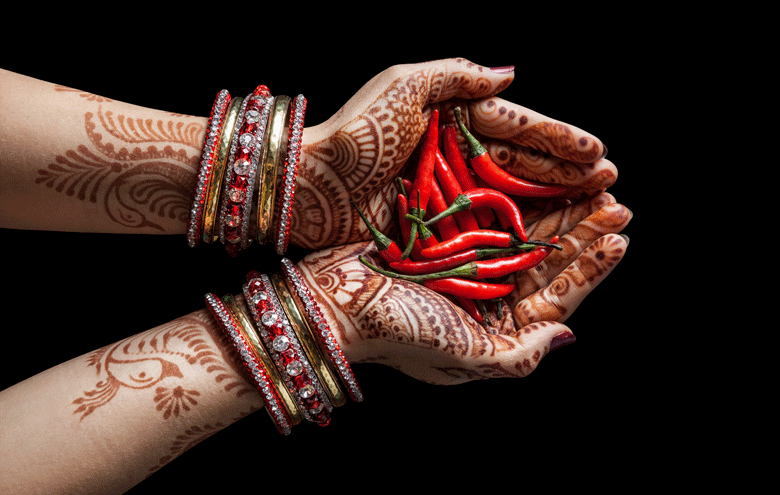 How long have Chillies been in India?
How long have Chillies been in India?
Not many people know that Chillies, which are virtually indispensable in Indian cuisine, have only been used in Indian cooking for just over five hundred years. Before Chillies were introduced to India by the Portuguese, Indian cooks used mainly Pippali (aka also known as Indian long pepper) to provide pungency to curries. To a lesser extent, they also used black pepper). Before then, Chillies were not known in India.
However, it didn’t take long before Chillies surpassed Long Pepper to become the country’s favourite spice. Today, no Indian cook would even think of trying to make spicy dishes without them.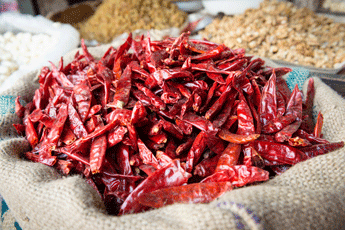
But this didn’t just happen. There is a lot more to the story. For the Portuguese to introduce Chillies to India took some doing. It required the support of monarchs, a lot of fighting with foes, a great deal of money and enormous determination. It wasn’t that getting the Indians to enjoy Chillies was difficult – it was almost written in stone, they would. The tricky part was for Portugal to find India in the first place. The route to India was a well-kept secret that the Arabs and Venetians weren’t quickly going to divulge. India was where they got many of their spices, and they had a monopoly on the spice trade into Europe. Why would they want to make it easy to get to the source of what made them an awful lot of money?
But the Portuguese were determined to find a route to the spices. At the time, they were one of the smallest, yet greatest seafaring nations in Europe. They remained steadfast in their resolve to find a way. And find it, they did. How the Portuguese found India is a story of intrigue that requires delving into the history of spice as a whole. It goes straight back to the beginning of colonialism.
The spice trade
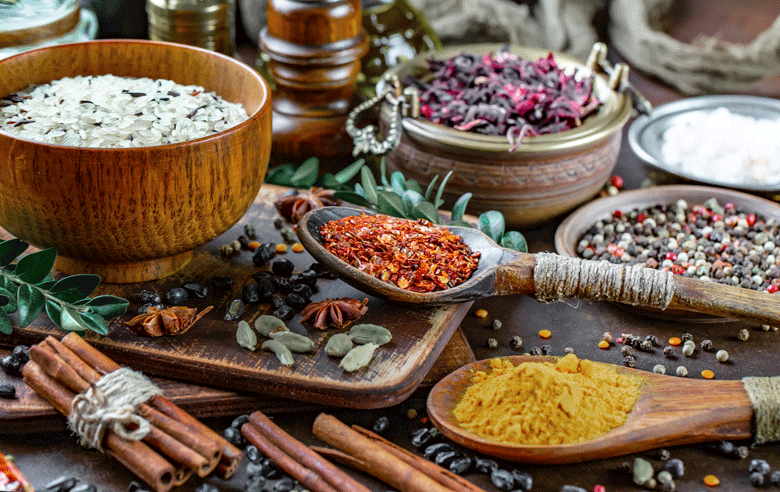
The age of exploration
During the age of exploration, the Portuguese and Spanish went on voyages of discovery into the New World and elsewhere in search of riches. Besides slaves, gold and silver, they were also searching for spices. Until the Portuguese found a route to India, Venetia controlled supply of spices like black pepper and cinnamon in Europe. They closely guarded their trade in these spices. As a result, the prices were sky-high. Black pepper, for example, was so valuable that it virtually became a currency. It was so expensive, it was sold by the grain.
The Venetians got their spices from Arab traders. Spice was purchased in India and carried for thousands of miles on the Spice Road until it reached Istanbul. This is where the Venetains began control of the market. They had a monopoly on the trade of spices between the East and West. They would buy the spices in Istanbul and then distribute them to the rest of Europe. Another route was through the ferrying of spices to ports along the coast of the Red Sea and then being taken by land to Alexandria in Egypt. The spices would then go onto Venetia. The Venetians made sure the Arabs would only sell to them. The Arab traders also made sure their source of supply was kept a closely guarded secret. With such controlled measures, a tight monopoly on spices was created. With such a monopoly, you can dictate what prices will be. They certainly took advantage of their position! Prices were exorbitant.
What’s more, the demand for these spices was huge. Besides being used to add flavour to foods, spices were seen by the rich as a means of flaunting their wealth. If you wanted to impress, you would use a lot of spice in your cooking. Spices were seen as a status symbol. The combination of high prices and significant demand only meant one thing. The profits were enormous. The Arab traders and the Italians were doing well indeed.
would use a lot of spice in your cooking. Spices were seen as a status symbol. The combination of high prices and significant demand only meant one thing. The profits were enormous. The Arab traders and the Italians were doing well indeed.
With such big profits to be made, the race was on. If you could find a route to the source of supply, you were virtually guaranteed to become very wealthy indeed.
However, the land route was blocked. There was no way that the Arabs would allow Europeans into their territories. They were, after all, doing well out of the spice trade and would have protected their position to the Nth degree. The only avenue to get to the source of the spices was to find another means of doing so.
Christopher Columbus
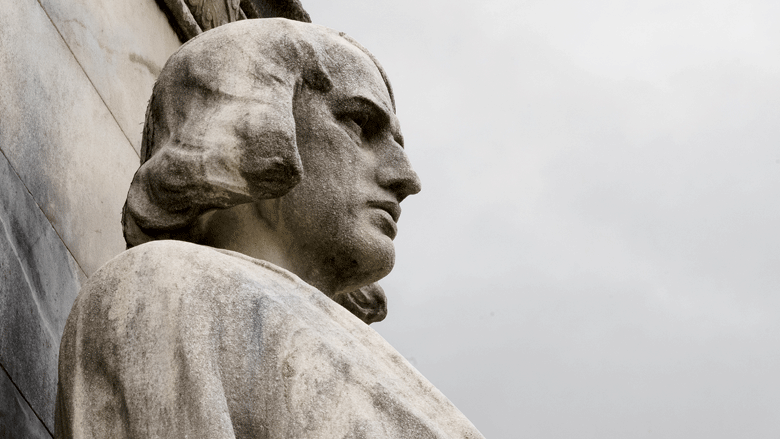
Finding a sea route
The only way to get to the source of the spices was to find a sea route. And that is precisely what the Spanish and Portuguese set out to do. They employed their best navigators and sailors to find a route to the source of spice. However, this proved challenging. It would require great determination and cost massive amounts of money before success was finally achieved.
The voyages were so expensive that it took the financial support of monarchs to make them. So when Christopher Columbus, a Genovese navigator, with the theory that the East (where it was understood that spices came from) could be reached by sailing West, he approached the King of Portugal to finance such a voyage. His request was denied.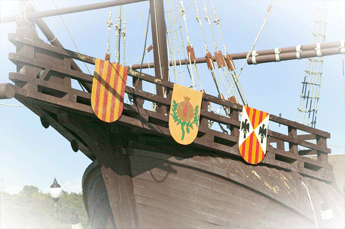
Columbus then approached King Ferdinand and Queen Isabella of Spain for finance. They agreed, and in 1492 Columbus set off on his first voyage of discovery. His theory did not prove correct, and instead of landing in the East, he landed in the West Indies. It was here that he encountered Chillies for the first time. Before Columbus arrived in the Caribbean, Chillies were unheard of in Europe. While he was unable to find the black pepper and other spices he was looking for, he did think that Chillies might be a cheap substitute for black pepper. With this in mind, he brought Chillies back to Europe with him.
And this is where the Portuguese enter the picture. Columbus’ theory that Chillies could be substituted for black pepper proved incorrect. The Spanish did not readily accept Chillies, and the spice lingered in the background. It was not highly regarded at all. The Portuguese, however, immediately recognised their potential as a spice. They realised there would be demand for Chilliesthem in their trading activities. It is unknown where they got them, but the Portuguese somehow got hold of some seeds. Soon they began growing Chillies in the Azores and their other overseas colonies. Before long, they began selling Chillies around the world.
The Portuguese

Voyages of discovery
While all this had been happening, the Portuguese had not been entirely quiet on the voyage of discovery front. They had discovered and claimed as their own territories in Africa, including Portuguese Guinea and Angola. Under the encouragement of their King, they continued pushing further South along the African coast and finally landed rounding the Southern tip of Africa.
When the Portuguese rounded the Southern tip of Africa in 1488, they realised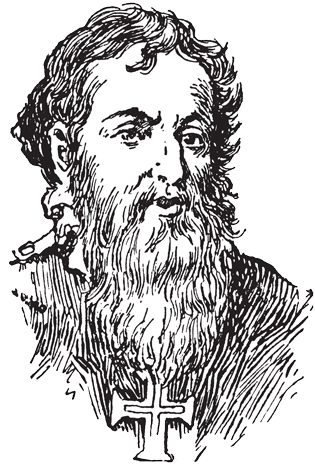 they could bypass the route of spices through the Middle East and the Ottoman Empire by a sea route. They believed that they would sooner or later find the source of the spices that had entered Europe through the Venetian and Genoavese states. It now became their primary objective to find the source of spice
they could bypass the route of spices through the Middle East and the Ottoman Empire by a sea route. They believed that they would sooner or later find the source of the spices that had entered Europe through the Venetian and Genoavese states. It now became their primary objective to find the source of spice
And that’s what happened. In 1498, Vasco De Gama landed in Calicut on the Malabar coast. When he arrived, he found a sophisticated trading system established over thousands of years. Da Gama had expected a land with nothing more than savages, who would easily part with their spices for baubles and trinkets often used in other trade. Instead, however, he found a trading system that was highly developed. It was more sophisticated than European trade at the time. The traders were only interested in gold and silver as a payment method for their spices. Ga Gama did not have any on his ships.
So he returned to Europe with relatively little spice, but what he had found was far more valuable. The sea route to the East, its spices proved one of the most profitable and influential finds ever. It was to change the face of the earth forever.
It did not prove easy, but after a series of battles with the Indians, Arabs, Egyptians and the Ottomans (stretching over twelve years), the Portuguese took over Goa in India. They wanted to create a permanent settlement in India to protect what was an incredibly lucrative monopoly. It was a colonisation that was to last over four hundred and fifty years
The arrival of Chillies in India
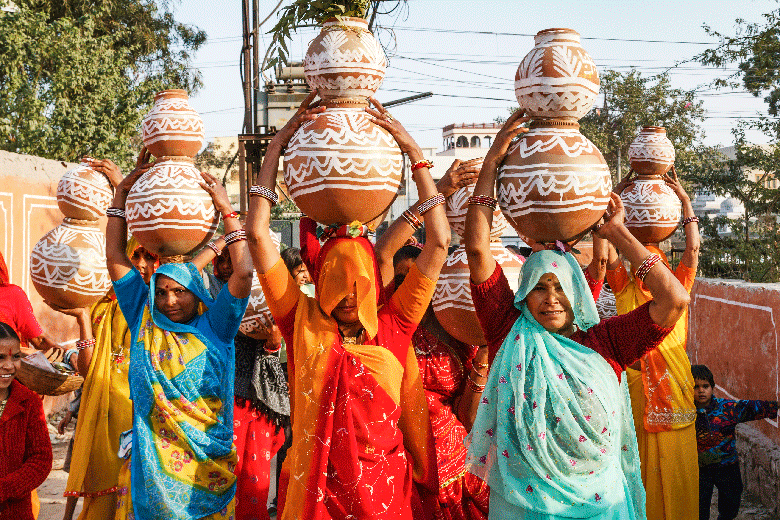
A new Spice
And this is where Chillies permanently appear in the Indian picture. The Portuguese introduced Chillies to their new colony. It was not long before the Goans started using Chillies, in preference of the long pepper and black pepper they had used in the past. From Goa, the use of Chillies spread rapidly through India to become the country’s favourite spice.
But it did not end there. As often happens when there is a mixing of cultures, you find that cuisines start becoming fused. Portuguese influences began to enter local Goan cuisine, and vice versa. Gradually, a unique fusion cuisine was created and led to what we know today as Goan cuisine. It is a cuisine melting pot of East and West, as unique as it is delicious. Just how this cooking evolved is, however, another story. It will need to be covered in another post.
Image credits
bbartech / Deposithhotos Joseph Sohm / Shutterstock.com agiampiccolo / Depositphotos
